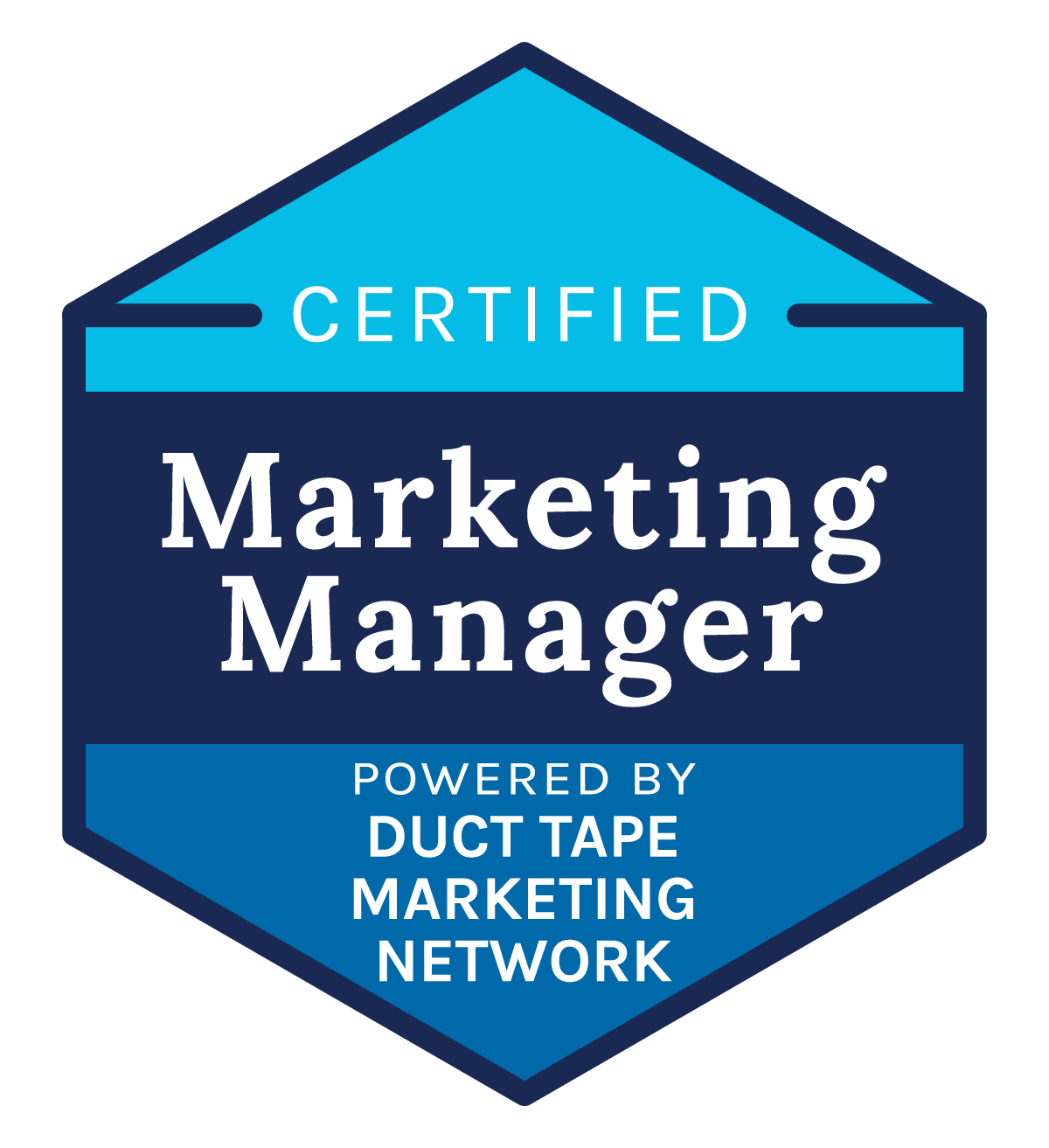I became fascinated with the rise in hyperlocal media when Patch.com rolled into my home town of Westfield, NJ, two years ago. I recently met Mindy Scarlett, the new editor and publisher of the Scotch Plains/Fanwood edition of The Alternative Press, a rival to the Patch. I asked Mindy to share with The Marketing Advantage readers her views on hyperlocal media and its role in reporting local news.

Here’s what Mindy has to say:
Journalism is an evocative word. For those of us who are over 30, it conjures up visions of curmudgeonly old editors hiding in their offices waiting for copy boys to bring the offerings from the journalists pounding away in the newsroom. Every copy boy (and girl) dreamed of one day becoming a full-fledged journalist, with a byline and the ability to “scoop” the competition.
For the under-30 crowd, visions of pounding away on typewriters have given way to laptops, smart phones, and 4G Internet connections.
No matter which vision resonates, the concept of journalism has always followed the same rules. Start with the basic question, “Is this newsworthy?” and then move on to “How many people does it impact?” and finish with the “who, what, when, where, and how”.
The news-hounds were always on the prowl, sniffing out stories that would shock, amaze and draw the largest number of people. For the uninitiated, it was simply a case of sending a press release into the wild blue yonder with the hope that it made it to the top of the appropriate editor’s in-basket.
Information, whether provided by the news hound or the civilian, was always strained through the editor’s desk before making it out of the newsroom incubator as a fully-fledged article or media piece.
It would seem, however, that the times they are a’ changin’. Internet and mobile technology plus the advent of “hyperlocal news” have ushered in the next incarnation of journalism.
What is hyperlocal news? It is journalism that covers everything that affects a particular town – from business news and town council meetings to bake sales and high school sports. The question hyperlocal journalism asks is “how many people does this affect locally?”
Hyperlocal journalism puts more power into the hands of the reader, who can now use a laptop, tablet or smart phone to contribute content, make comments, and post information in many places.
For example, as the editor and publisher of the Scotch Plains/Fanwood edition of The Alternative Press.com, I offer readers opportunities to post a press release, contribute an article, post a comment, or add an event to the community calendar.
While this content does come through to an online “dashboard” for me, as the editor, to approve, my mindset is very different from the curmudgeonly old editor. Rather than looking for reasons to exclude the story (not timely enough, not affecting enough people, etc.), I am looking for reasons to include it. If it is local, it is relevant.
The instant something is posted, it shows up in the hyperlocal edition of The Alternative Press, ready to be viewed from readers’ computers, laptops, iPads, or smart phones. The line between journalist and reader has now begun to blur.
Whether we are baby boomers or Gen X-ers, our visions of journalism are evolving, keeping pace with the run-away train that is technology. The Internet and mobile technology have forever changed how we receive information and hyperlocal news has forever changed our visions of journalism.
By Mindy Scarlett, Editor and Publisher of The Alternative Press.com for Scotch Plains/Fanwood, NJ.
mscarlett@thealternativepress.com
Do you agree or disagree with Mindy’s point of view on hyperlocal media? Does hyperlocal provide opportunities for you as a business owner? Share your thoughts in the Comments section below.





